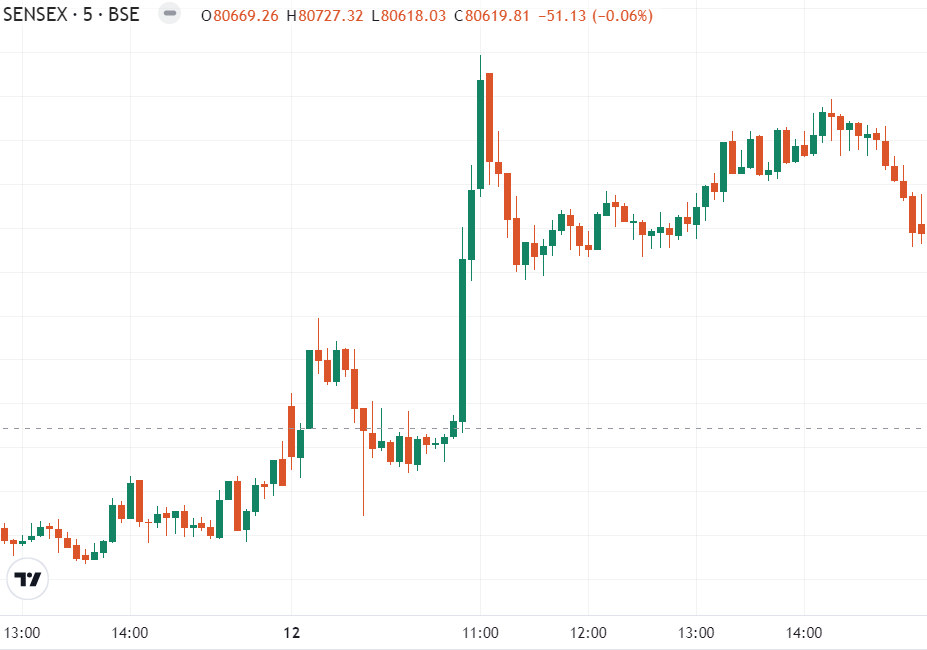Algo-Trading: HFTs harming Retail-Investors
Profitable strategy to Institutional Investors but trap for Retailers ? Speculative players are being discouraged for future.
Welcome to another weekly blog.
Disclaimer: Before I start all the technical- talk, let me clear this thing….I’m writing these blogs with a core intent to improve my research skills as well as my independent thinking. It is not fair to infer that I’m writing these blogs just for myself; I’ve started these blogs so that the concept behind the corporate strategies and actions is as simplified as possible for me, my friends, family, and followers.
Alright, let’s start!
Manual trading is quite exhausting, isn’t it? Gen Z doesn’t have that kind of patience to earn profits. Any alternatives?! Sure!
ALGO-TRADING!
Algo-Trading, also known as algorithmic trading. It is a way of trading with the use of computer programs that follow a predetermined set of instructions or algorithms. There are tools that analyze market trends, identify trading opportunities, and execute orders when the instructions of the trader are met. These orders are placed at a speed and frequency that is quite impossible for a human trader.
Algo-Trading is also interchangeably used with Automated Trading, but the distinction is that the sophisticated tools in Algo help in the analysis of market trends, stocks, indices, derivatives to be traded, and even automated execution of orders.
See, algo-trading is mostly used by institutional investors, like hedge funds, investment banks, mutual funds, etc. So, what’s the big deal?!
There are no restrictions on retail investors on using this algo-trading. But it is more prevalent in high-frequency trading (HFT), in which a large number of orders are taken place at a higher price (which is dominated by institutional investors).
These algorithms are deployed to generate buy and sell signals, yet for placing orders, manual interventions are required as automation is not permitted to retail investors.
We’ll discuss more about the algo-trading strategies in the upcoming blogs.
Why am I even talking about some strategy that most of the Youtubers (“influencers”) are covering already?!
Jane Street (JSI Investments Pvt. Ltd. in India), a global investment management firm also a trading firm, has been in the spotlight ever since it has been stuck in a legal case with two of its former employees and Millennium Management (Millennium Consulting India Pvt. Ltd. in India), another global investment management firm.
These global firms are in a dispute that is centered around a secret trading strategy/algorithm, which Jane Street claims to be stolen by its former employees, and the same strategy adopted by Millennium Management gave an unfair competitive advantage. So, it feels more like an IPR (Intellectual Property Rights) violation.
Why should we be concerned?!
Regardless of who’s winning or who’s losing, it is somewhat impacting the Indian F&O market (especially the options market). Jane Street gained a profit of $1 billion in the calendar year 2023. And a major part of that income came from the Indian market.
India’s average volume stands at Rs. 440 trillion. See, there are various HFTs that are booking good profits from 0DTE (zero-days-to-expiry), which have a very short window of profit-making. These 0DTEs cause high volatility in the market.
A small change in the price of the underlying causes a significant change in the price of the option. And even Theta increases as the expiration approaches. These kinds of options are highly volatile and highly speculative.
Derivatives were specifically introduced to hedge the risk. When I use the word “hedge," I mean minimize the risk of future uncertainty. However, trading on 0DTEs infuses the market with more money and makes it more volatile and liquid too.
Retail investors, who are generally on the opposite side of these HFTs, are facing losses. Though there is no solid evidence that a single strategy used by a single Global Trading firm can make such a big impact, the timeline shows many retail investors face losses against those HFTs.
Source : 12th July Sensex Upstox 5 minutes candlestick chart
Recent SEBI Guidelines and Budget 2024 also focused on safeguarding the interests of retail investors. SEBI guidelines and their indications were as follows:
Increased minimum . lot size from Rs. 5 lakh to Rs. 20-30 lakh, which will limit the small-time retail investors to put their money in, making the F&O segment more unaffordable.
Restricted weekly options expire to one per week per stock exchange. Which will reduce the speculative opportunities for retail investors.
Reducing the number of strike prices of derivatives in the option chain. Ultimately stabilizing the volume.
Upfront collection of Options Premium makes it unaffordable to retail buyers.
MIS (Margin Intraday Square-off) monitoring of position limits.
These guidelines, along with the increase in short-term capital gains tax from 15% to 20% and the increase in long-term capital gains tax from 10% to 12.5%, indicate that the GOI is trying to discourage short-term speculative trading. Apart from this, the exemption limit has also increased from Rs. 1 lakh to Rs. 1.25 lakh (showing the GOI also wants to promote long-term investment).





